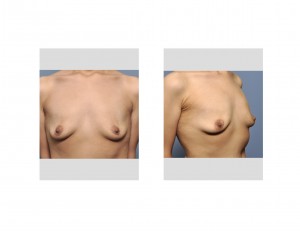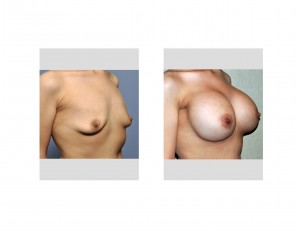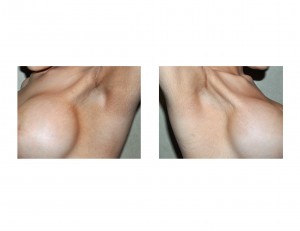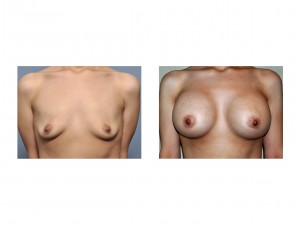Background: Breast augmentation continues to be one of the most popular body plastic surgery procedures. Its popularity has increased because it is a very successful operation that has instantaneous results. No other plastic surgery procedure offers as much change in as short of an operative time. It is most sought after in younger females between the ages of 18 and 35 where the desire for a more ideal body shape is highest.
Facial and body beauty is an important part of all Hispanic cultures. It is valued in all aspects of appearance from their clothes, makeup and body shape. Larger well-shaped breasts, like a flatter tummy and round full buttocks, is a key feature in the desired body shape. Good upper pole fullness and a more centrally positioned nipple-areolar complex, make for a chest anatomy that can be complemented by many different clothing options. Breast implants provide an immediate benefit in the desire for improved body beauty.
But Hispanic skin is darker, thicker and more prone to hyperpigmentation. For these well known reasons, many Hispanic women prefer to avoid any breast incisions in their augmentation procedure if possible. While silicone implants can be placed through the axilla, there is more of a size limitation than with saline implants.


Her recovery was typical for any breast augmentation patient in my practice. She was placed on range of motion arm exercises the night of surgery and anti-inflammatory medication. She had a quick recovery and returned to work as a waitress within one week after surgery.

In the deflated breast, a larger implant does a better job of filling out the excess breast skin than a smaller one. This is particularly true in the breast that has sustained weight loss where the skin has lost substantial elasticity. When combined with the desire of many Hispanic females to want large full breasts, one should not be reticent to use larger implant volumes. This may necessitate a high profile implant to accommodate this volume in smaller breast base widths. .
Case Highlights:
1) Breast augmentation varies in the type and size of the implant used and the incision used for insertion.
2) Many Hispanic females want to avoid visible incisions on the breast and often choose saline implants placed through a transaxillary approach.
3) Larger breast sizes are often preferred by younger females as a matter of cultural preference and often to compensate for breast tissue involution after pregnancies.
Dr. Barry Eppley
Indianapolis, Indiana



